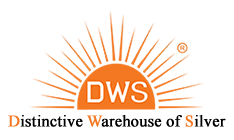- Written By Team DWS
- Festivals
- January 09, 2024
The Significance of Makar Sankranti: Honoring the Sun God and New Beginnings
Makar Sankranti is a vibrant and joyous festival celebrated throughout India on January 14th every year. Signifying the transition of the sun into the zodiac sign of Capricorn (Makar), this auspicious occasion holds immense significance in Hindu culture. Makar Sankranti not only honors and worships the Sun God but also marks the beginning of longer and warmer days, symbolizing new beginnings, harvest, and prosperity.
The festival of Makar Sankranti is deeply rooted in ancient traditions and mythology. According to Hindu beliefs, the Sun God, Surya, is considered one of the most powerful deities, representing energy, light, and life. It is widely believed that on this day, the divine forces descend upon earth to bless and bestow prosperity and good fortune onto mankind.

One of the key aspects of Makar Sankranti is the ritual of taking a holy dip in sacred rivers. Devotees throng to riverbanks, most notably the Ganges, Yamuna, and Godavari, to cleanse their sins and seek divine blessings. This practice signifies the purification of the mind and body, as well as the riddance of negative energies, paving the way for new beginnings and personal growth.
Another integral part of the celebration is the flying of kites. Across various states in India, you can witness the sky dotted with vibrant and colorful kites of all shapes and sizes. This tradition has its roots in the belief that flying kites helps to ward off evil spirits and bring joy and positivity into one's life. It also serves as an expression of gratitude towards the Sun God for his life-giving energy.
Additionally, Makar Sankranti is synonymous with delicious and traditional sweets made from sesame seeds, jaggery, and various grains. These sweets hold great importance as they are considered an offering to the Sun God. Tilgul, a sweet made with sesame seeds and jaggery, is exchanged among friends and family with the greeting, "Tilgul ghya, god god bola" which signifies the importance of sharing joy and sweetness in life.

While Makar Sankranti is predominantly celebrated in rural areas to honor and express gratitude to the Sun God for a bountiful harvest, Additionally, it is a moment for loved ones and close friends to gather, reinforce connections, and commemorate the essence of togetherness and accord. The festival promotes a sense of community and inclusiveness, as people engage in cultural activities, traditional dances, and music performances.
Moreover, Makar Sankranti holds significance from an astrological perspective as well. It marks the end of the winter solstice and the beginning of longer and warmer days. The sun's rays become more potent during this period, infusing the atmosphere with renewed energy. This change is considered beneficial for physical and mental health as more sunlight results in the production of Vitamin D, which is vital for our overall well-being.
In conclusion, Makar Sankranti serves as a reminder to embrace new beginnings, celebrate prosperity, and honor the life-giving energy of the Sun God. It is a festival steeped in cultural, religious, and astrological significance, providing an opportunity for individuals to let go of the past, purify their minds and bodies, and welcome positive transformations in their lives. So, let us all come together, fly high like the kites in the sky, and embrace the warmth and brightness of the Sun God on this joyous occasion.
Makar Sankranti FAQs
1. What is Makar Sankranti?
Makar Sankranti is a Hindu festival celebrated in India and Nepal with great zeal and enthusiasm. It marks the transition of the sun into the zodiac sign of Capricorn (Makar Rashi) and signifies the end of the winter solstice. It typically falls on January 14th or 15th each year.
2. Why is Makar Sankranti celebrated?
Makar Sankranti is celebrated to welcome longer days and bid farewell to winter. It symbolizes the onset of spring and is considered an auspicious time for new beginnings and harvest festivities. The festival holds cultural and religious significance in various parts of the country.
3. How is Makar Sankranti celebrated?
Makar Sankranti is celebrated with different customs and traditions across regions. People fly kites, organize bonfires, and exchange homemade sweets made from sesame seeds and jaggery. Some also take holy dips in sacred rivers like Ganga, Yamuna, and Godavari to cleanse their sins and attain salvation.
4. What is the significance of kite flying during Makar Sankranti?
Kite flying during Makar Sankranti represents the awakening of the gods from their deep slumber during the winter solstice. It is believed that flying kites helps bring good luck, prosperity, and drives away evil spirits. The sky fills with colorful kites, and it becomes a competitive sport among communities.
5. Are there any specific rituals associated with Makar Sankranti?
Yes, there are various rituals associated with Makar Sankranti. People perform prayers, offer special food items, and visit temples. Taking a holy dip at the confluence of rivers during this time is believed to wash away sins. Others also donate food, clothes, and money to the needy as an act of charity.
6. What are some traditional dishes prepared during Makar Sankranti?
Sesame seeds and jaggery-based dishes are an essential part of Makar Sankranti celebrations. One popular sweet is "Til Ladoo," made with roasted sesame seeds, jaggery, and ghee. People also prepare dishes like "Khichdi," "Pitha," "Kheer," and "Gur Rewri" that vary based on regional preferences.
7. Is Makar Sankranti a regional festival?
Yes, Makar Sankranti is widely celebrated across India, but it might have different names and traditions in various regions. In the states of Gujarat and Rajasthan, it is known as Uttarayan and involves grand kite festivals. In Tamil Nadu, it is called Pongal and is primarily agricultural in nature.
8. How long does Makar Sankranti festivities last?
The celebrations of Makar Sankranti usually last for one day, but in some regions of India, like Gujarat, it is celebrated for up to a week with various cultural events, kite competitions, and night-long celebrations.
9. Is Makar Sankranti a religious festival?
Yes, Makar Sankranti is considered a religious festival. People perform puja (prayers) to seek blessings from deities, express gratitude for a bountiful harvest, and invoke happiness, health, and prosperity. The festival also holds mythological significance related to Lord Sun and various deities.
10. Can non-Hindus participate in Makar Sankranti celebrations?
Absolutely! Makar Sankranti is a festival that transcends religious boundaries, and people from all faiths and backgrounds can participate in the festivities. It is a joyful occasion that brings communities together, promotes cultural exchange, and strengthens social bonds.
Popular on Blogs
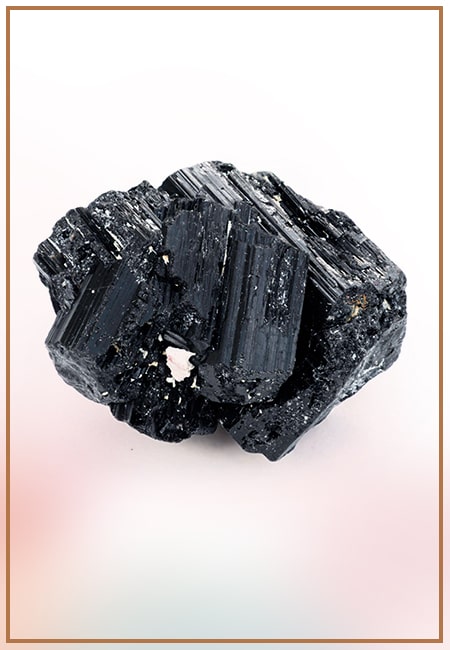
Black Tourmaline: Meaning, Healing Properties, Fascinating Facts, Powerful Attributes, Versatile Uses, and Beyond
September 05, 2023 / BY Team DWS
Black Tourmaline, also known as Schorl, is a highly revered crystal with incredible metaphysical properties. It derives its name from the Dutch word "turamali," meaning "stone with ..
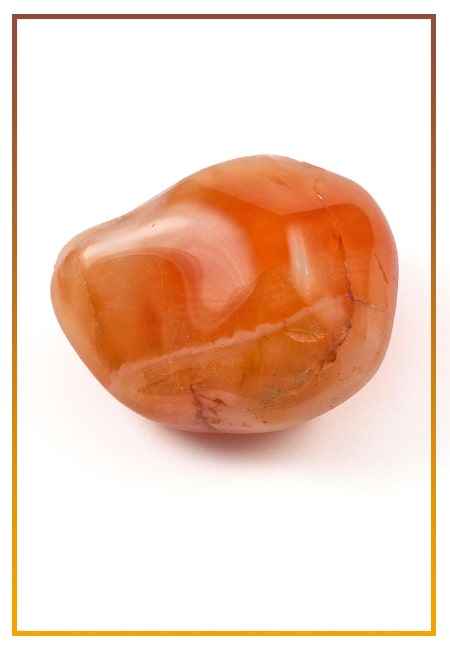
Carnelian Stone: Meaning, Healing Properties, Power, Facts, Color, Uses and More
December 26, 2023 / BY Team DWS
Carnelian is a vibrant and captivating gemstone that holds a plethora of meanings, healing properties, and powers. Its warm and fiery energy makes it a popular choice among crystal ..
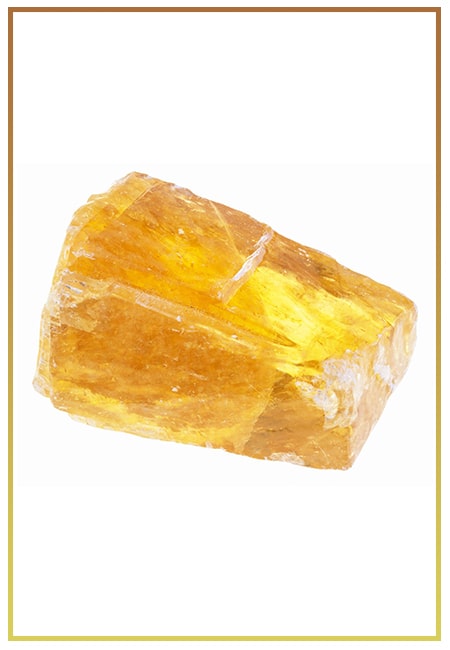
Citrine: Exploring its Meaning, Healing Properties, Fascinating Facts, Powers, Versatile Uses, and Much More
November 18, 2023 / BY Team DWS
Citrine, with its warm golden hues, has captured the attention and imagination of people for centuries. This beautiful gemstone, commonly associated with wealth and prosperity, hol ..

Black Onyx: Unveiling the Meaning, Healing Properties, Fascinating Facts, Powerful Attributes, Versatile Uses, and Beyond
July 25, 2023 / BY Team DWS
Black Onyx, a striking gemstone admired for its deep black hue and elegant appearance, has captivated people for centuries. In this comprehensive guide, we will delve into the mean ..

Unveiling the Mysteries of Turquoise Stone: Exploring its Meaning, Healing Properties, Power, Facts, Color, Uses, and More
December 05, 2023 / BY Team DWS
Turquoise, with its captivating blue-green hue, has been adorning jewelry and artifacts for centuries. This striking stone has a rich history, rich symbolism, and a plethora of int ..

The History Behind The Popularity of Red Agate
December 23, 2022 / BY Team DWS
An Agate is a type of magma rock that takes many years till it is washed out naturally into the water. And that is the reason this stone has elements of water. This beautiful stone ..
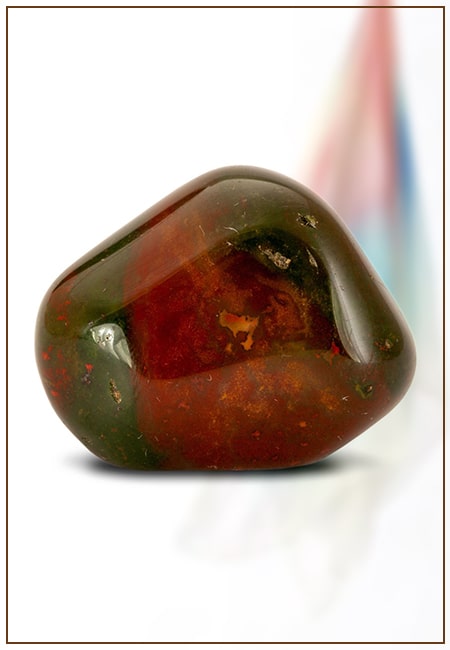
Bloodstone: Unveiling the Meaning, Healing Properties, Facts, Powers, Uses, and More
August 21, 2023 / BY Team DWS
Bloodstone, with its captivating deep green color with specks of red, is a mesmerizing gemstone that has fascinated civilizations for centuries. It possesses unique healing propert ..
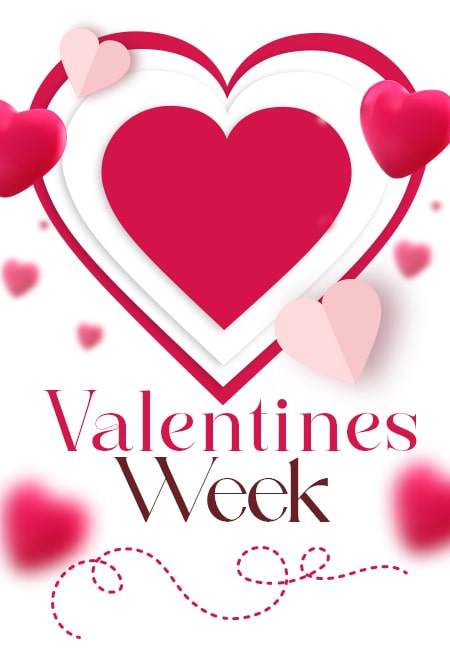
Plan a Perfect Valentine's Week with Our Valentine Week List 2025
January 22, 2024 / BY Team DWS
Valentine's Day is undoubtedly the most romantic day of the year, but we believe that one day is just not enough to express your love and make your partner feel special. That's why ..
